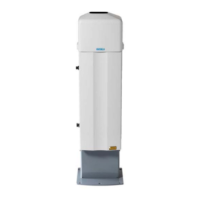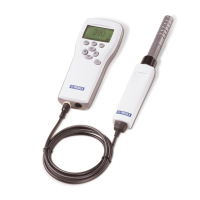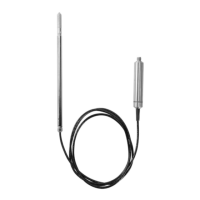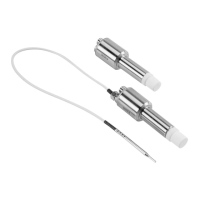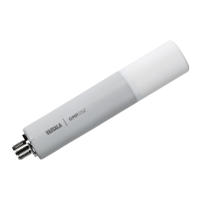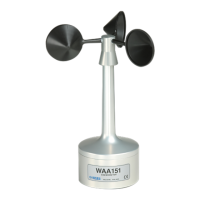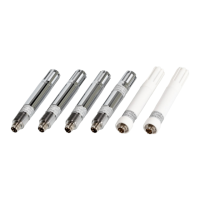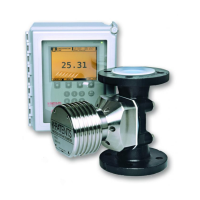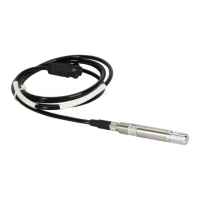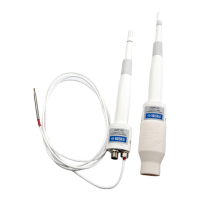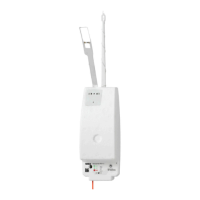Ceilometer CT25K
CT25K-U059en-2.1 User’s Guide
49
5. FUNCTIONAL DESCRIPTION
5.1 Theory of Operation
Basic Principle of Operation
The operating principle of the CT25K Ceilometer is based on measurement of
the time needed for a short pulse of light to traverse the atmosphere from the
Transmitter of the Ceilometer to a backscattering cloud base and back to the
Receiver of the Ceilometer.
With the speed of light being:
c = 2.99 x 10
8
m/s (= 186 000 miles per second)
A reflection from 25,000 ft will be seen by the receiver after
t = 50.9 µs
The general expression connecting time delay (t) and backscattering height (h) is
h = ct/2
where c is the speed of light.
Practical Measurement Signal
Generally, particles at all heights backscatter light, and so the actual return
signal may look like that shown in Figure 5-1.
Figure 5-1 Typical Measurement Signal
The instantaneous magnitude of the return signal will provide information on
the backscatter properties of the atmosphere at a certain height. From the
return signal, information about fog and precipitation, as well as cloud, can be
derived. Since fog and precipitation attenuate the light pulse, the cloud base
signal will appear lower in magnitude in the return echo. However, the fog
and precipitation information also provides data for estimating this attenuation
and computing the necessary compensation, up to a limit.
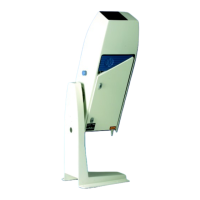
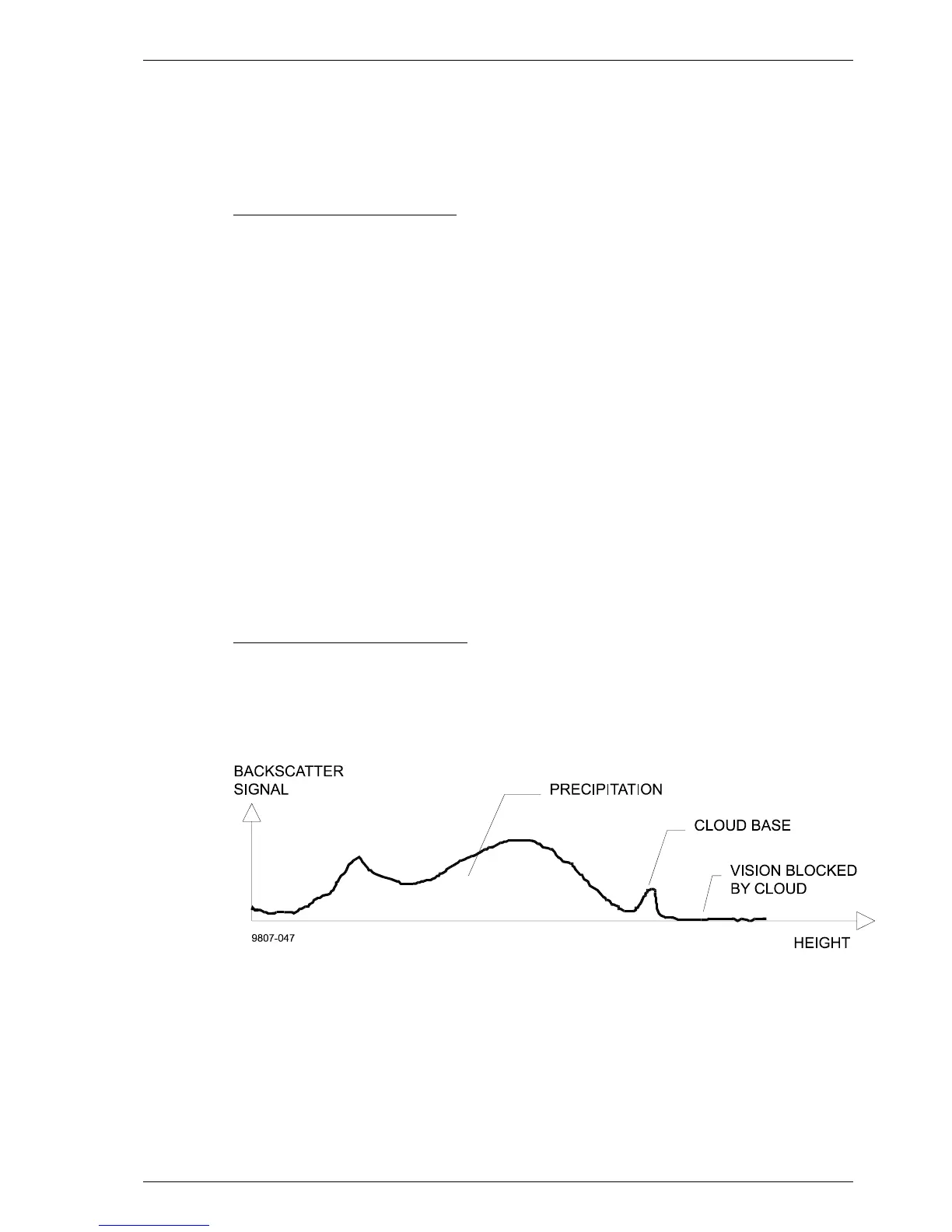